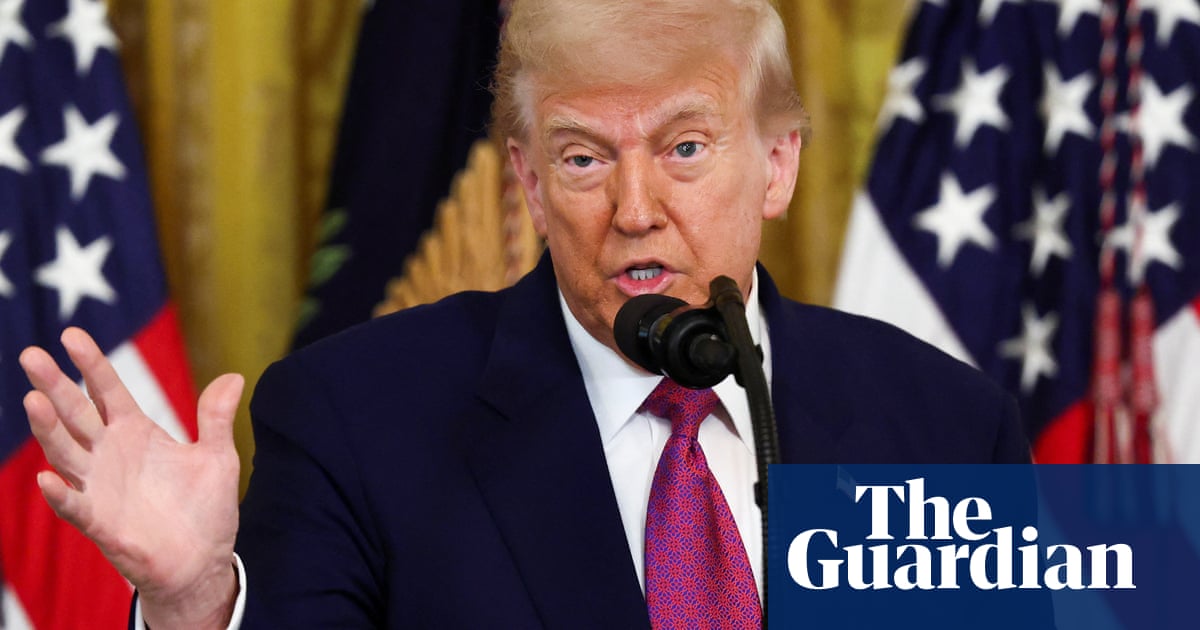Walmart Surges Past Target as Consumers Seek Greater Value

Walmart has overtaken Target in their long-standing retail rivalry, driven by shifting consumer priorities as economic pressures mount. Recent reports indicate that shoppers are increasingly focused on value, choosing to spend their money where they feel it goes further. As a result, many perceive Walmart as the better option for essentials like groceries, household items, clothing, and electronics. On the other hand, Target’s appeal, once synonymous with chic and affordable home goods, has diminished, particularly as prices have risen.
During a quarterly earnings call, Walmart CEO Doug McMillon, who announced his retirement after 11 years, highlighted the importance of value in today’s market. “Everyone wants value,” he stated. The numbers reveal a stark contrast: Walmart’s US sales increased by 4.5% last quarter, while Target’s dropped by 2.7%. This trend has been consistent over the past few years, further widening the sales and stock price gap between the two companies.
Economic conditions are contributing to this change in consumer sentiment. A recent poll conducted by Fox News revealed that 76% of Americans view the economy negatively, a rise from 67% in July. Factors such as slowing job growth and a federal government shutdown have particularly affected low-income shoppers, prompting them to tighten their budgets and focus on essential purchases.
Understanding Consumer Value Perception
The concept of value is multifaceted and does not always align with the lowest prices. For instance, Costco often ranks high on lists of retailers offering the best value, despite its products not being the cheapest. Surprisingly, dollar stores are facing challenges, even with their low prices. A notable example of changing consumer preferences is seen with Apple‘s recent release of the $1,000 iPhone Air, which failed to resonate with consumers who opted instead for the premium iPhone 17 Pro Max priced at a staggering $2,000.
According to a report by Deloitte, as much as 40% of consumer perceptions about a brand’s value arise from factors beyond price. This insight underscores the complexity of consumer behavior and purchasing decisions.
Walmart has long positioned itself as a low-cost leader through its strategy of everyday low prices (EDLP). However, the company has made substantial investments over the past decade to enhance its brand image and product quality. These improvements include raising wages for employees, refurbishing stores, and increasing the quality of produce and merchandise available. Retail analyst Scott Mushkin from R5 Capital noted, “Walmart made a commitment to improve store conditions. They’ve kept their prices down and improved their quality tremendously, not just a little.”
As a result of these initiatives, Walmart has successfully attracted a diverse customer base, including wealthier consumers seeking savings. John David Rainey, Walmart’s finance chief, commented, “Walmart is better insulated than just about anybody. We like the value proposition that we’re offering for our customers, and you see that’s why we’re gaining share.”
Target’s Challenges and Future Plans
In contrast, Target has struggled to maintain its “Tar-zhay” allure as consumers prioritize deals over discretionary purchases. The retailer, which spent years cultivating a reputation for stylish and affordable goods, has faced challenges such as declining store conditions and rising prices. Analyst Neil Saunders from GlobalData Retail noted that issues like out-of-stock items, disorganized stores, extended wait times, and security measures have deterred shoppers and shifted them toward competitors.
To regain its footing, Target is implementing a comeback strategy centered on value. With a new CEO, Michael Fiddelke, taking the helm next year, the company plans to increase capital spending by 25% to $5 billion in 2024. This investment aims to enhance store conditions, product offerings, and digital capabilities. As the holiday season approaches, Target is also reducing prices on 3,000 everyday items and introducing a wider selection of new products compared to the previous year.
Fiddelke expressed a commitment to improving performance, stating, “If you’re frustrated with our recent performance, we are too, and our entire team is working incredibly hard to return to growth and live up to our full potential.”
As economic pressures continue to shape consumer behavior, the retail landscape is likely to remain competitive. Both Walmart and Target are adapting to these changes, with their strategies reflecting the evolving priorities of shoppers.






